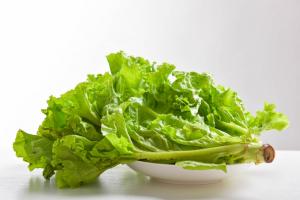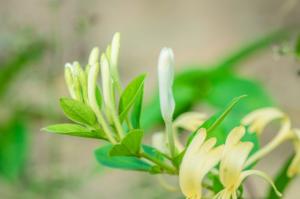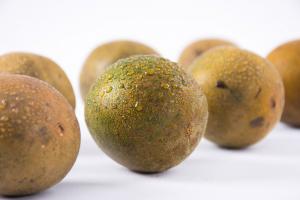What Type of Grass Should You Plant?
Introduction
When it comes to planting grass, there are many types to choose from. Depending on your climate, soil type, and personal preferences, different types of grass may suit your needs better than others. In this article, we will explore the different types of grass available and help you decide which one is right for you.
Warm-Season Grasses
Warm-season grasses are best suited for hot and dry climates. They are drought-tolerant and will stay green all year round in warmer regions. Some popular warm-season grasses include:
Bermuda grass: This is a popular grass in the southern United States. It grows quickly and is resistant to heat and drought.
Zoysia grass: Zoysia is a tough grass that is well-suited for areas with heavy foot traffic. It grows slowly but can handle the heat of the summer.
Centipede grass: Centipede grass is a low-maintenance alternative that is easy to grow from seed.
Cool-Season Grasses
Cool-season grasses are best suited for cooler climates. They grow best in areas with cool, moist summers and cold winters. Some popular cool-season grasses include:
Kentucky bluegrass: This is the most popular grass in the northern United States. It is known for its rich color and ability to withstand cold weather.
Fescue grass: Fescue is a versatile grass that can grow in a variety of soil types. It is drought-tolerant and can stay green all year round in cooler climates.
Rye grass: Rye is a fast-growing grass that is often used as a temporary solution for bare areas. It germinates quickly and can provide a lush green lawn in just a few weeks.
Maintenance and Care
No matter which type of grass you choose, proper maintenance and care are essential for keeping your lawn healthy and vibrant. Some tips to keep in mind include:
Mowing: Regular mowing not only keeps your lawn looking neat, but it also encourages the grass to grow thicker.
Watering: Water your lawn deeply and infrequently to encourage deep root growth. Aim for about an inch of water per week, depending on the type of grass and climate.
Fertilizing: A well-fed lawn is a healthy lawn. Aim to fertilize your lawn two to four times a year, depending on the type of grass and soil conditions.
Conclusion
Choosing the right type of grass for your lawn can make a big difference in its overall health and appearance. Consider your climate, soil type, and personal preferences when deciding which grass to plant. Regardless of which type of grass you choose, proper maintenance and care are essential for keeping your lawn looking its best.

 how many times do yo...
how many times do yo... how many planted tre...
how many planted tre... how many pine trees ...
how many pine trees ... how many pecan trees...
how many pecan trees... how many plants comp...
how many plants comp... how many plants can ...
how many plants can ... how many plants and ...
how many plants and ... how many pepper plan...
how many pepper plan...































